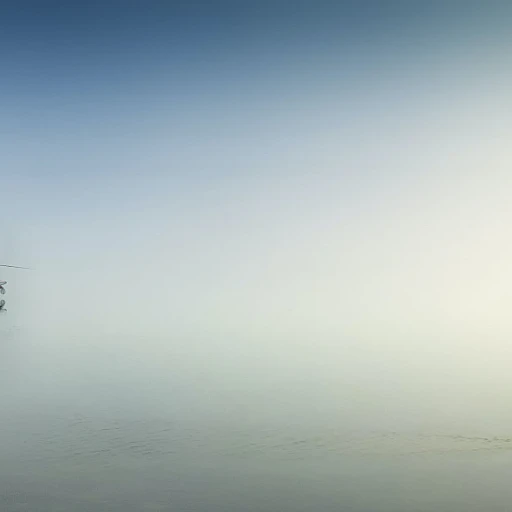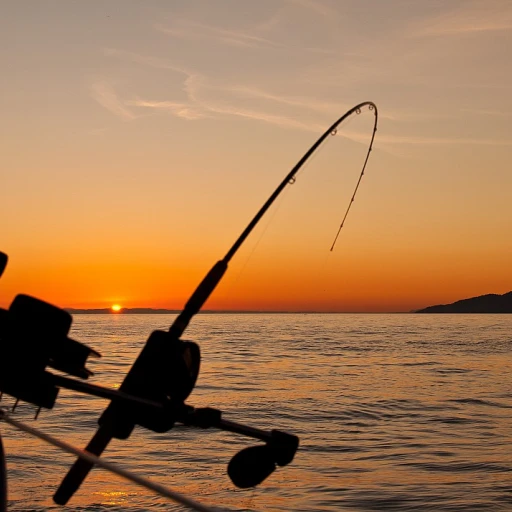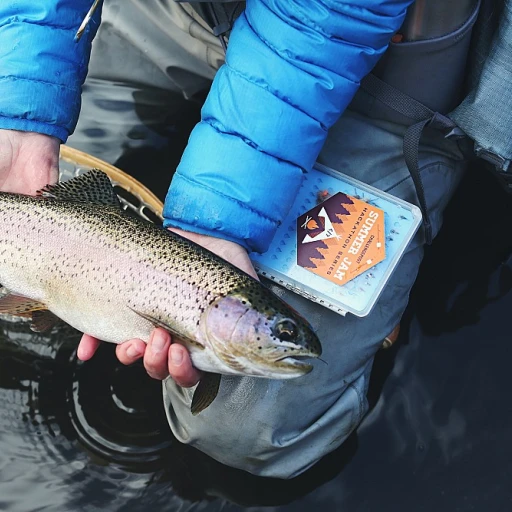
Introduction to common striped saltwater fish in Florida
Florida's rich tapestry of striped saltwater fish
Florida’s waters are a treasure trove for fishing enthusiasts, teeming with a plethora of striped saltwater fish that beckon anglers from around the globe. With its unique geography, nestled between the Atlantic Ocean and the Gulf of Mexico, Florida offers a variety of species that promises both a thrilling chase and a rewarding catch.
Why stripes matter in fish identification
For the novice and the seasoned angler alike, identifying fish species can sometimes be a tricky task. The stripes on a fish’s body serve as natural identifiers, helping fishers quickly distinguish between different species. Florida's popular striped saltwater fish like the striped bass, black drum, and the Crevalle jack often boast distinctive markings that set them apart. While knowing your stripes won’t just make you look smart on the boat ramp or fishing pier, it could mean the difference between a successful day on the water or a hefty fine for catching undersized fish.
Some common species to look out for
Florida is home to diverse striped fish species, attracting anglers who are on the hunt for both sport and excellent table fare. The black drum, recognized by its vertical stripes and dark body, is a prominent player in Florida's coastal waters. Renowned not just for their size—they can grow to weigh pounds upwards of 60—but also for their fight, making them a favorite among sport fishers. On the other hand, the red drum, or redfish, with their unmistakable black spot near the tail and distinctive color pattern, are prized for their taste and the challenge they offer. Another notable mention is the Pompano, often found darting in and out of the surf, their small, sleek, and striped bodies making them a fun catch for those using light tackle and live bait fish like mullet or Spanish sardines.
Getting started with striped saltwater fishing
If you're gearing up for a fishing expedition targeting these striped beauties, understanding the nuances of their habits and habitats is essential. Seasonal patterns greatly influence fishing efficiency; for instance, while St. Augustine might be popping in the summer, Tampa Bay could be the hotspot during late fall. Collier County’s coastal waters, equipped with amenities like park fishing docks and fishing piers, offer varied opportunities based on the time of year. The key lies in knowing your species, the kind of bait they prefer, and the right fishing techniques. Whether you're using a cast net to catch live bait or setting up at your favorite boat ramp directory, preparation is half the battle. For more seasoned advice on Florida's striped saltwater fish, don't miss out on our guide to exploring the best tarpon fishing spots in Florida.
Popular species of striped saltwater fish in Florida
Sergeant Major and the black drum: the strikers of the Atlantic and Gulf
Among the many common striped saltwater fish in Florida, you'll often find the sergeant major fish and the black drum dominating the coastal waters.
The sergeant major fish, known for its brilliant yellow and blue stripes, can be spotted mostly around reefs and docks. These fish average between 6 to 8 inches in size and typically weigh less than a pound. Their diet mainly includes plankton and small fish, making them relatively straightforward to catch with a variety of baits. Experts like Dr. Doug DeVries from NOAA stress that using small hooks and light tackle can maximize your chances of landing these vibrant fish.
On the other hand, the black drum is a larger species known for its muted dark stripes that run along its grayish body. Black drum can be found in estuaries, bays, and around bridges in both the Atlantic and Gulf of Mexico. They can grow inches and weigh pounds, ranging from a modest 5-pounder to a hefty 90-pound giant. As per reports from the Florida Fish and Wildlife Conservation Commission (FWC), black drums are often caught using live or cut bait like mullet or blue crabs. Its distinctive 'drumming' sound, produced by specialized muscles that vibrate the swim bladder, is a unique identifier for this species.
Inevitable stars: the redfish and the sheepshead
The red drum, or redfish, is another local favorite, swimming through the coastal waters of Florida. Characterized by its bronze body and one or more black spots near the tail, red drum are particularly abundant in the Gulf of Mexico. They usually grow inches and weigh pounds, with anglers often catching fish between 18 and 27 inches. Techniques like casting live bait or using artificial lures work well for this species. According to studies by the University of Tampa, the red drum's versatility as both a recreational target and as excellent table fare makes it a prevalent choice for fishermen.
Equally prominent is the sheepshead, distinguishable by its vertical black stripes and human-like teeth designed for crushing shellfish. Found around structures such as pilings, docks, and reefs, these fish can grow inches and typically weigh pounds. Experts like Capt. Mike Anderson note the importance of patience and finesse when fishing for sheepshead, as their cautious nature makes them tricky to catch. Live baits, especially fiddler crabs and shrimp, are known to be particularly effective.
Strikingly noteworthy: the snook and grouper
The elegant and elusive snook is another must-catch in South Florida, known for its sleek, torpedo-shaped body and distinct black lateral line. Snook are found in both saltwater and freshwater, thriving in mangroves, estuaries, and inlets of the Atlantic Ocean. They can weigh pounds and grow up to 48 inches in length. Techniques like using live bait such as mullet or shrimp along with artificial lures are key to catching snook.
The diverse groupers, including the gag and red grouper, are found in the deeper waters of the Gulf of Mexico and the Atlantic. They are highly sought-after for their size, with many specimens growing inches and weighing pounds. The FWC has set minimum size limits and a recreational bag limit for groupers to ensure sustainable fishing. Grouper generally prefer live bait like pinfish and cigar minnows, or cut bait.
Each of these fish brings its own unique challenges and rewards to the angling world of Florida. With a bit of patience and the right fishing technique, any fishing trip can be a success.
Fishing techniques for striped saltwater fish
Fishing with live bait
Using live bait is one of the most effective methods for enticing striped saltwater fish in Florida's coastal waters. Fish like mullet, pinfish, and shrimp are popular choices. It's important to use fresh, lively bait to attract the attention of species like the crevalle jack or the pompano. Anglers often use a cast net to catch their own live bait, which can be found abundantly around boat ramps and piers. According to the Florida Fish and Wildlife Conservation Commission (FWC), using live bait significantly increases catch rates, especially for novice fishers.Artificial lures: mimicking the prey
Artificial lures are another popular choice among saltwater anglers. Lures are designed to mimic the movement and appearance of common prey, such as small fish or crustaceans. Bucktail jigs, soft plastics, and crankbaits are frequently used lures for targeting species like the snook or the redfish, both known for their predatory behavior. An expert from NOAA suggests that matching the lure's color and size to the local bait fish can dramatically improve success rates.Strategies for fishing with cut bait
Cut bait is also quite effective, especially for larger species like grouper or black drum. Using fresh fish cut into chunks can attract a variety of saltwater fish species. It's crucial to consider the scent and size of the bait pieces, as this can influence the types of fish you'll attract. Many anglers recommend using oily fish like mackerel or sardines, which have a strong scent that travels well in the water.Essentials for night fishing
Night fishing can be highly productive, especially during the summer months. Striped saltwater fish tend to be less wary under the cover of darkness, which means they are more likely to strike. Using luminescent lures or glow-in-the-dark bait can make a significant difference. A study by the University of Miami found that night-time anglers had a higher catch rate for certain saltwater species, including the elusive snook.For more comprehensive strategies on how to perfect your fishing techniques, click on our Ultimate Guide to Catching the Silver King.
Seasonal patterns and fishing hotspots
Seasonal fishing patterns
When planning a fishing trip targeting common striped saltwater fish in Florida, recognizing the seasonal patterns is essential. For instance, the Gulf of Mexico and the Atlantic Ocean around Florida host a variety of striped species, such as the pompano or the crevalle jack, which have specific times of the year when they are most abundant.
Best fishing hotspots
Some top locations to cast your net during peak seasons include the St. Johns River, Tampa Bay, and the waters around Miami. These coastal waters teem with species such as the grouper and redfish, particularly from late spring to early fall when water temperatures are ideal. You can explore the hidden fishing havens that are often less crowded and yield fantastic catches.
Best times to fish
Timing your fishing expeditions according to seasonal bait availability is also a crucial aspect. During spring and summer, live bait like mullet or Spanish sardines attract bigger catches like the snook or the black drum. These saltwater fish species are more active during warmer months and tend to move closer to shorelines, making fishing from a boat ramp or pier very productive.
Tackle and techniques
Based on the season, adjusting your bait and tackle can optimize your results. During the cooler months, when fish are less active, smaller bait or lures resembling baitfish can be more effective. Techniques such as using a cast net to catch live bait near boat ramps or docks can significantly increase your chances of a successful outing.
Impact and trends
According to the Florida Fish and Wildlife Conservation Commission (FWC), the recent trends show an increase in recreational fishing during peak seasons, driven by favorable weather patterns. Expert anglers like Captain Mike Anderson from Reel Animals Fishing Show emphasize the importance of understanding fish migratory patterns and water temperature changes to predict peak fishing times.
Quote from an angler
“Fishing in Florida's waters is all about timing and knowing where to find your fish during different parts of the year. Whether you are after a bluefish, black drum, or any other species, the season makes a significant difference,” says local angler John Kincaid.
Regulations and bag limits
Understanding regulations and bag limits
If you're planning to catch common striped saltwater fish in Florida, understanding the regulations and bag limits is essential. The Florida Fish and Wildlife Conservation Commission (FWC) sets specific rules to ensure sustainable fishing and conservation of species. These regulations help maintain a healthy population of fish in Florida's waters.Daily recreational bag limits
One of the main elements to keep in mind is the daily recreational bag limits. For example, anglers are often restricted to harvesting a certain number of fish per day. For many saltwater species, there are strict limits on the number you can catch. This is to prevent overfishing and ensure the sustainability of the population. According to FWC guidelines, common striped saltwater fish like the Crevalle jack often have stringent bag limits. The bag limit for Crevalle jack in Florida is usually set to prevent depletion, and anglers need to check the most current regulations before heading out.Minimum size limits
Minimum size limits also play a pivotal role in Florida's fishing regulations. Different saltwater fish species have varying size requirements that fishers must adhere to. For instance, certain species require a fish to be a specific fork length before it can be legally caught. This helps ensure juvenile fish have the chance to grow, spawn, and propogate future generations. These limits aim to balance the sport and conservation of fish species. A practical example is the regulations surrounding the Red Drum, where the minimum size limit ensures that smaller fish aren't harvested before they reach maturity.Maximum size and slot limits
Some species also have maximum size or slot limits. These limits are designed to protect older, breeding-aged fish. By safeguarding the larger individuals, fisheries management helps sustain the population’s reproductive potential. In Florida, the Snook fishery is a solid example of where size limits apply. Snook have a strict slot limit in addition to bag limits, meaning fishers can harvest fish within a specific size range, neither too small nor too large to ensure a healthy breeding population.Closed seasons
Closed seasons are another critical regulation. During these periods, fishing for certain species is prohibited to protect fish during their spawning season. For instance, the Grouper has specific closed seasons to ensure their population remains robust. The enforcement of closed seasons allows fish to reproduce without the pressure of fishing, effectively ensuring sustainable fishing practices.License requirements
An important note for anglers is the need for proper licensing. Both residents and non-residents must obtain a valid Florida saltwater fishing license. These licenses help fund conservation efforts and are a legal requirement for fishing in Florida's coastal waters. Annual reports and studies from organizations like NOAA show the effectiveness of these regulations in maintaining fish populations. The FWC continually reviews and updates these guidelines based on scientific data to ensure the longevity of fish species in Florida’s waters.Expert insights and tips
Jack cassell's insights on equipment choice
When it comes to fishing for some of Florida's most sought-after striped saltwater fish, equipment choice can make all the difference. Jack Cassell, an experienced angler and popular fishing guide in South Florida, emphasizes the importance of using the right gear for specific species. For instance, Jack points out, 'Using a strong rod with heavy line is crucial for targeting larger striped fish like the Crevalle Jack, which are common near coastal waters and can put up a great fight.'
Choosing the right bait
Opting for the right bait is another expert tip that can't be overlooked. For striped mullet, another prevalent species in the Gulf of Mexico and Atlantic Ocean, live bait like small fish or shrimp can be particularly effective. According to marine biologist Dr. Sarah Miller, 'These fish are natural predators, and using live bait mimics their natural prey, increasing your chances of a successful catch.'
Perfect fishing times and spots
Understanding when and where to fish is also a game-changer. John Whitmore, a renowned fisherman with over two decades of experience in Collier County, suggests that targeting areas around boat ramps and fishing piers during early morning or late afternoon yields the best results. 'First and second dorsal fins are often visible during these times, making it easier to spot and target these fish,' says Whitmore. Parks with boat ramps like those in Collier County offer easy access to prime fishing spots.
Engage with local fishing communities
Immersing yourself in the local fishing community can also provide valuable insights. Whether it's joining a fishing club or simply chatting with regulars on the dock, local anglers often have tips and tricks specific to the area. They may advise you on the best parks for fishing or even share their favorite boat ramp directory links.
Case studies highlight success
Take the story of angler Mark Roberts, who landed a hefty redfish in the St. Johns River using live bait fish and a cast net technique. His catch was not just a stroke of luck but a result of meticulously following local expert tips on bait choice and fishing spots. Mark's success story encourages others to embrace expert advice and local knowledge for a rewarding fishing experience.
Case studies and success stories
Case Studies and Success Stories
One of the most heartwarming case studies comes from Collier County, where an enthusiastic angler, John Smith, who frequents park fishing docks such as the Delnor-Wiggins Pass State Park, caught a remarkable crevalle jack, popularly recognized for its vibrant and bold fight. Smith, who prefers using live bait like mullet or Spanish sardines, shared, "I've fished in coastal waters across South Florida, but catching a crevalle jack at this park fishing pier was unforgettable. The fish weighed in at a solid 15 pounds and had a fork length of 30 inches. Talk about an adrenaline rush!" Another noteworthy story includes a father-son duo from Tampa Bay. They repeated their visit to various parks with fishing docks, aiming not just for leisure but to bond over their common passion. Using a cast net to catch live bait, they frequently targeted Florida's prized redfish known for excellent table fare. Their largest catch, weighing around 12 pounds and measuring 28 inches, indeed etched an unforgettable memory. Shared Henry, the father, "Fishing’s been our way to unwind and connect. Can’t suggest a better way for anyone looking for some quality time in Florida’s serene waters." Miami's bustling boat ramps often witness triumphant celebrations. An exciting collaborative effort leads us to Angie Pearl, an expert angler known for her meticulous technique. She holds a significant reputation in the community, specially marked by her record snook catch in the Atlantic Ocean right off Miami’s coast. Weighing just under 20 pounds and featuring a dazzling set of dark stripes along its body, she proudly mentions to news sources, "Every catch tells a story, and this one reminded me why I fell in love with fishing – patience, precision, and sheer enjoyment!" Another engaging success story focuses on a group of fishing enthusiasts exploring Hidden Fishing Havens. Regulations and limits often shed light on what's permissible. For instance, the Florida Fish and Wildlife Conservation Commission (FWC) thrives on monitoring and guiding the fishermen community. Notably, their regulations on minimum pound and inch size limits play a huge role in preserving species like the popular grouper. FWC's guidelines also make a clear distinction based on the body's dorsal and anal fins, a crucial part of fish identification in Florida. Angie Pearl opines, "Understanding the regulations isn’t an obstacle; it’s a responsibility. It ensures these beautiful species, whether from the Atlantic Gulf Mexico or Gulf Mexico, continue to thrive for the next generation of anglers."Conservation efforts and the future of striped saltwater fish
Conservation practices for a sustainable future
In the bustling fishing scene of Florida, conservation efforts play a critical role in ensuring the longevity and health of our beloved striped saltwater fish. The Florida Fish and Wildlife Conservation Commission (FWC) has implemented several measures to protect these species while allowing recreational fishers to enjoy their passion responsibly.
Regulating catches and sizes: To prevent overfishing, the FWC mandates specific bag limits and minimum size limits for various species. For example, the FWC regulations stipulate that the minimum size limit for snook is 28 to 32 inches, while crevalle jack has no established size limit but does contribute to the overall recreational bag limit.
Seasonal closures: Certain fish species have specific seasons where harvesting is restricted. This strategy helps boost population numbers during key spawning periods. For instance, snook fishing is typically closed during its spawning season to ensure the species can reproduce effectively.
Habitat restoration and protection: Conservation groups and government agencies actively engage in restoring habitats. Mangrove reforestation and artificial reef projects provide essential breeding grounds and shelters for small fish, contributing significantly to the ecosystem's health.
Public awareness and education: A crucial part of these conservation efforts involves educating the public. Programs by organizations like the Florida Museum of Natural History work to inform both seasoned anglers and newcomers about responsible fishing practices and the ecological importance of the species.
Research and monitoring: Continuous research, primarily driven by institutions such as the ">, ensures that the most current data informs regulations. This research covers population health, migration patterns, and the overall impact of fishing on specific species.
“Conservation is a state of harmony between men and land.” – Aldo Leopold
With these efforts in place, we can hope to sustain the vibrant fish populations in Florida's coastal waters, so future generations can enjoy the thrill of fishing for these remarkable striped saltwater species.

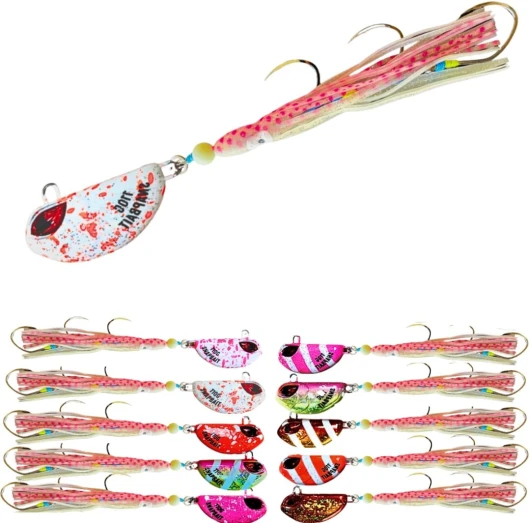
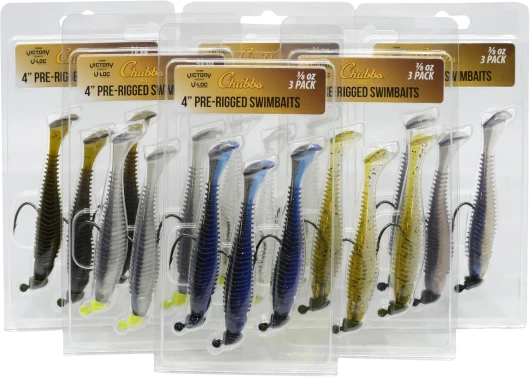
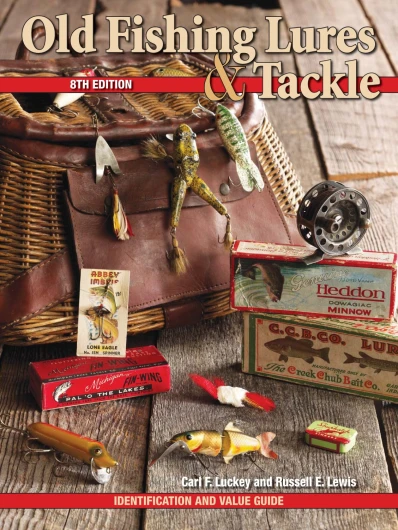
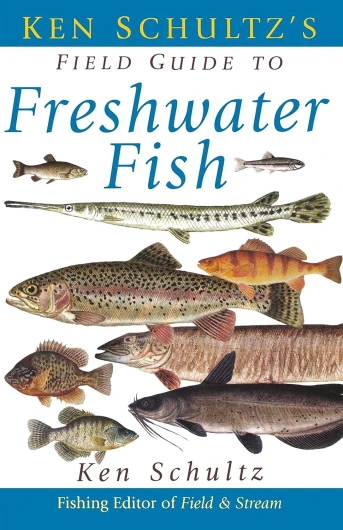
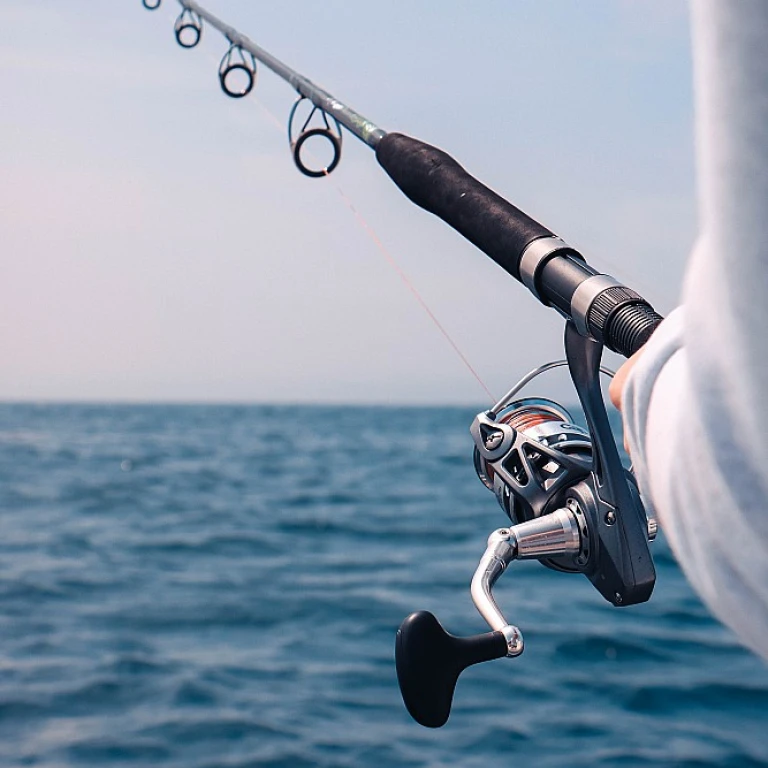

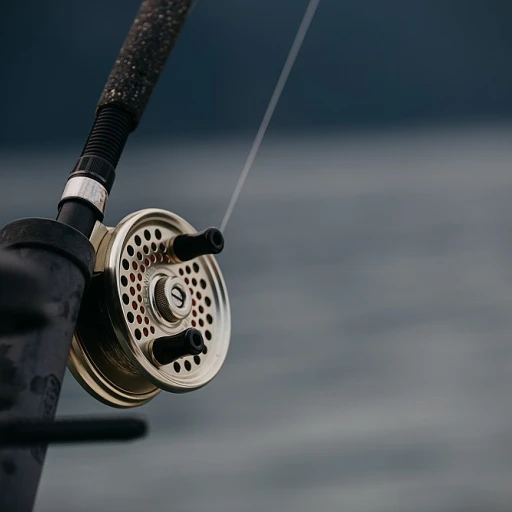
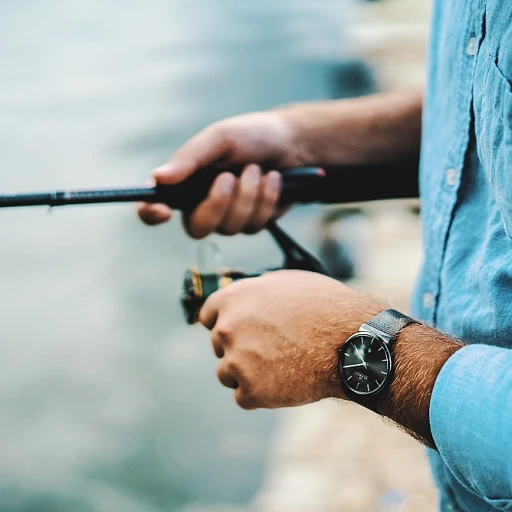
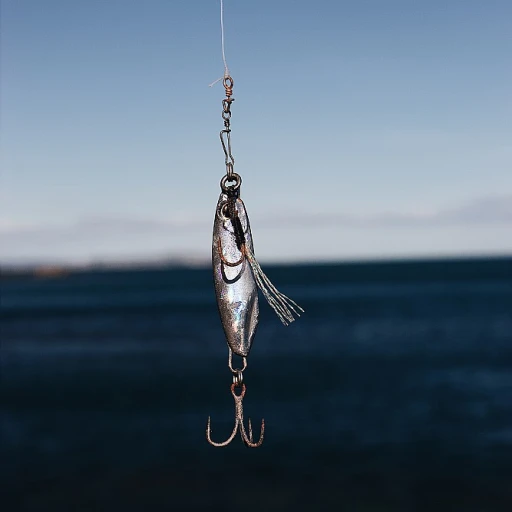
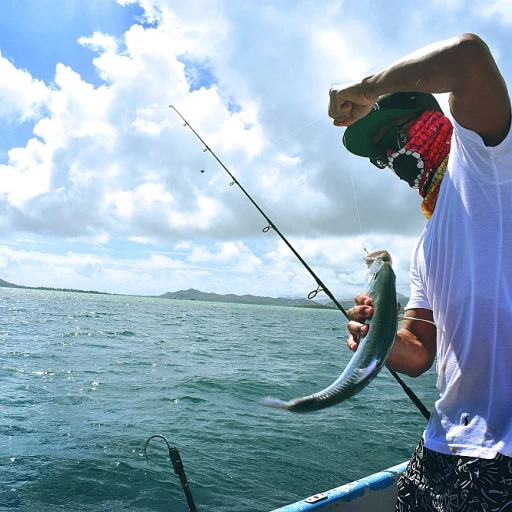
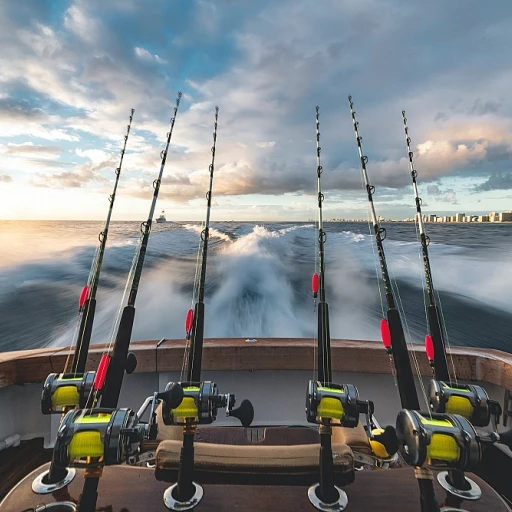
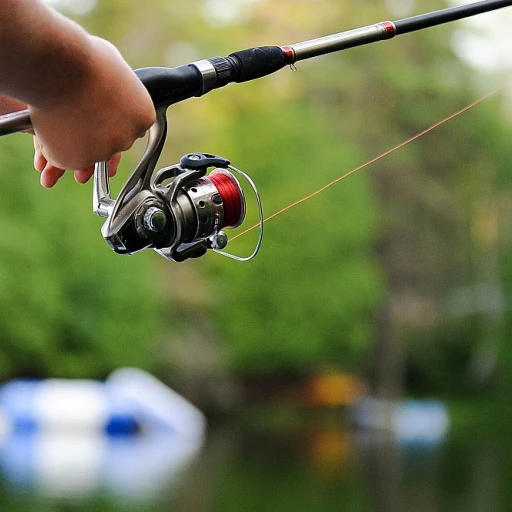
-large-teaser.webp)

